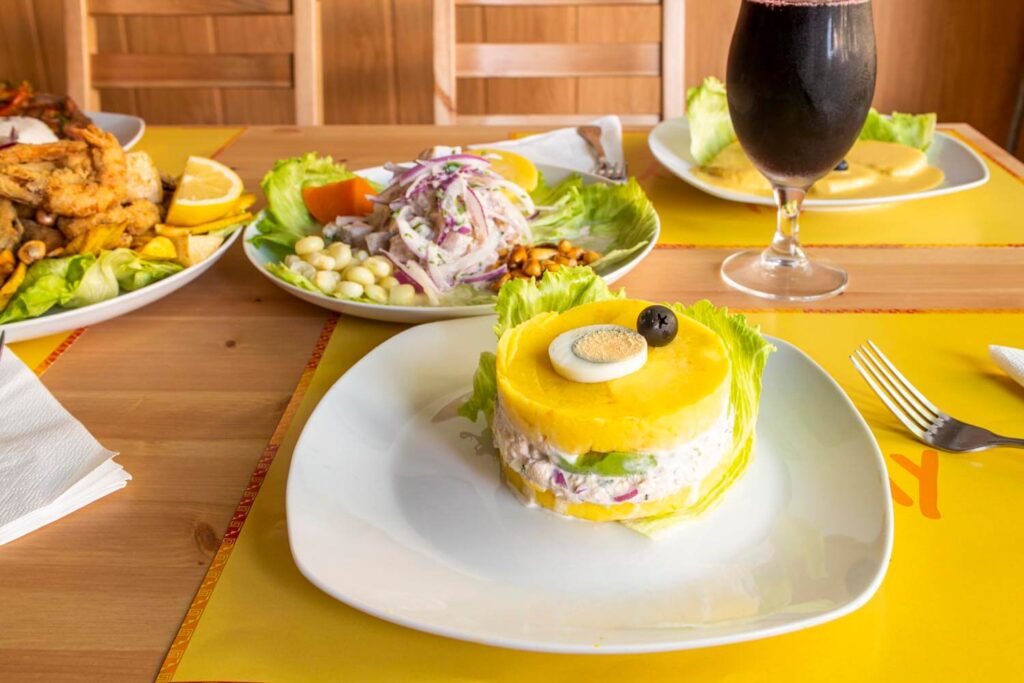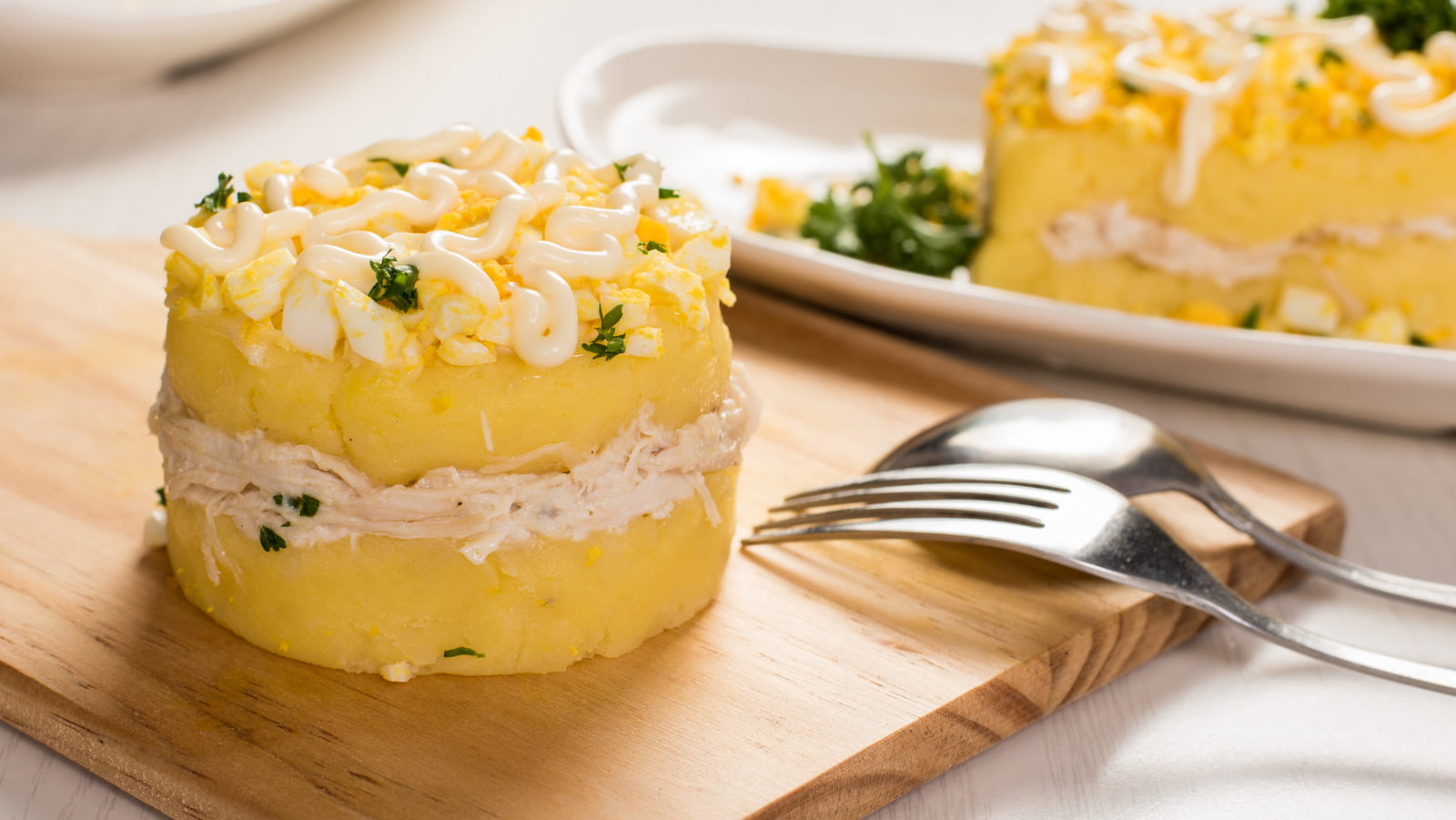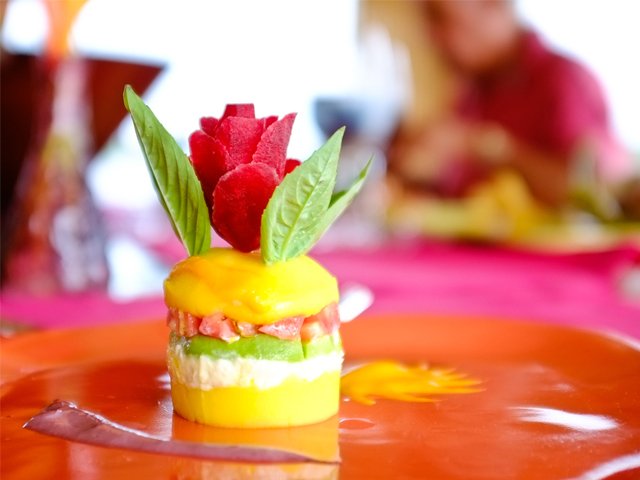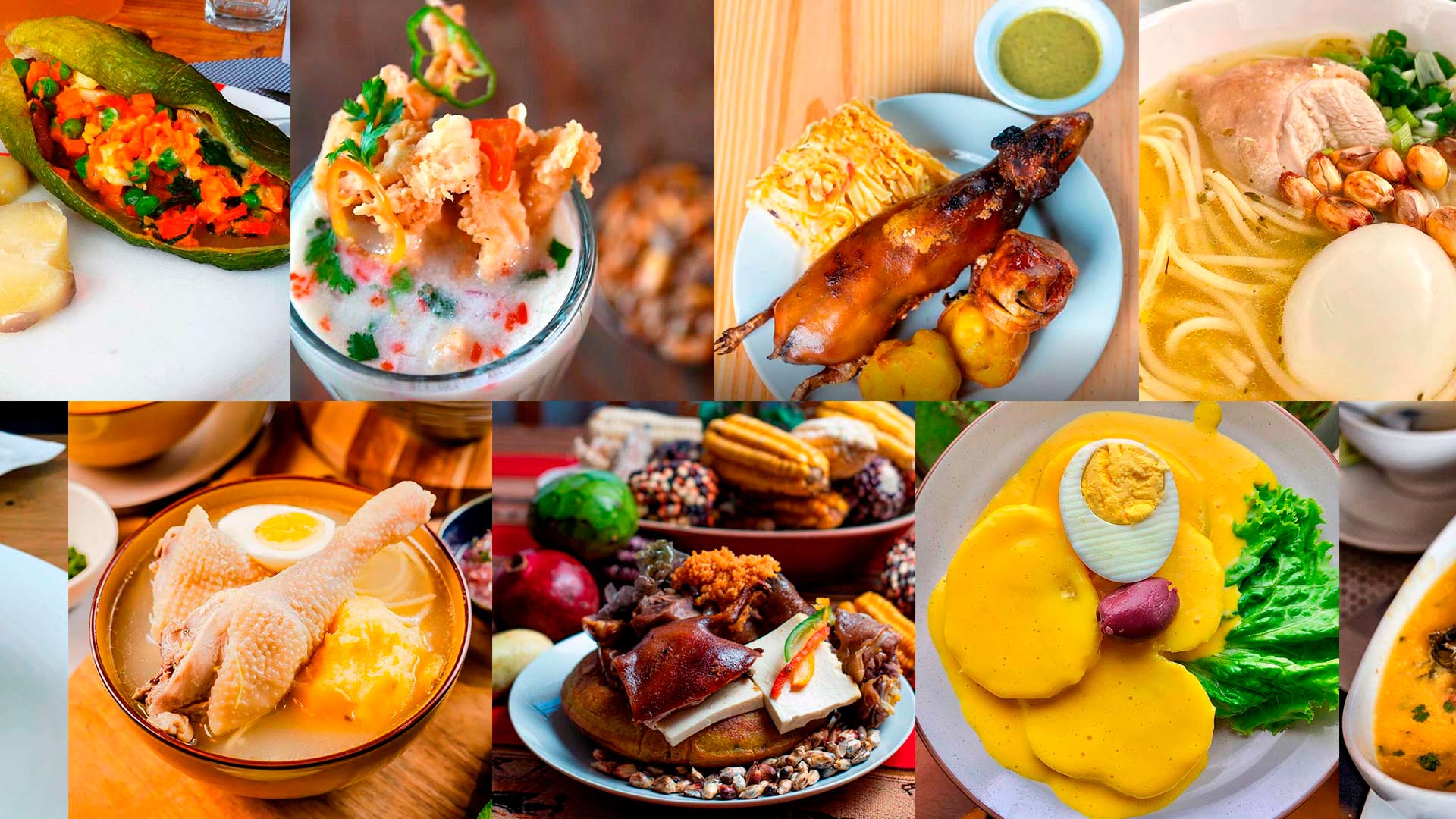Delicious Delights: An Introduction to Peruvian Food
Delicious Delights: An Introduction to Peruvian Food
Peruvian food is a vibrant celebration of flavors, textures, and cultural influences. This culinary tradition reflects the rich history and diverse geography of Peru, offering an array of dishes that are as varied as the country’s landscape. From the high Andes to the coastal shores, Peruvian food encapsulates the essence of Peru’s cultural melting pot, making it a fascinating subject for culinary enthusiasts and food lovers alike.
A Culinary Tapestry

At the heart of Peruvian food lies a unique blend of indigenous ingredients and international influences. The country’s cuisine is a product of its historical interactions with Spanish colonizers, African slaves, Chinese immigrants, and Japanese settlers. Each group has left an indelible mark on Peruvian food, creating a tapestry of flavors that is both rich and diverse.
Key Ingredients
- Corn (Mais): A staple in Peruvian cuisine, corn is used in a variety of dishes, from the famous Peruvian dish cuy chactado to the refreshing chicha morada, a traditional purple corn drink.
- Potatoes (Papas): With over 3,000 varieties, Peruvian potatoes are a cornerstone of the diet. Dishes like causa limeña and papa a la huancaína highlight the versatility of this humble tuber.
- Quinoa: Known for its nutritional benefits, quinoa is used in soups, salads, and even desserts, showcasing its adaptability in Peruvian food.
Signature Dishes
1. Ceviche:
One of the most iconic Peruvian dishes, ceviche is a zesty, refreshing mix of raw fish marinated in citrus juices, typically lime or lemon. The acidity “cooks” the fish, giving it a delicate texture and bright flavor. The dish is often accompanied by onions, cilantro, and aji (Peruvian chili peppers), and served with side dishes like sweet potato and corn on the cob. The tangy, spicy, and slightly sweet profile of ceviche makes it a quintessential example of Peruvian food.
2. Lomo Saltado:
A classic example of Peruvian fusion cuisine, lomo saltado is a stir-fry that combines Peruvian ingredients with Chinese culinary techniques. Tender strips of beef are sautéed with onions, tomatoes, and aji peppers, then mixed with soy sauce and served over crispy French fries and rice. This dish represents the blend of cultural influences that define Peruvian food, marrying the traditional with the contemporary.
3. Aji de Gallina:
This rich and creamy chicken dish features shredded chicken simmered in a sauce made from aji amarillo (yellow chili peppers), garlic, and a blend of spices. The result is a flavorful, slightly spicy dish with a smooth texture, typically served over rice and garnished with olives and hard-boiled eggs. Aji de gallina showcases the depth and complexity of Peruvian food flavors.

4. Causa Limeña:
A layered dish made from mashed yellow potatoes mixed with lime juice, causa limeña is served cold and often includes fillings like tuna, chicken, or avocado. The dish is named after the Quechua word for “sustenance,” reflecting its role as a versatile and satisfying meal. The combination of tangy potatoes and savory fillings makes causa limeña a popular choice for both casual and festive occasions.
5. Anticuchos:
These skewers of marinated beef heart, often grilled over an open flame, are a beloved street food in Peru. The meat is typically marinated in a blend of spices, garlic, and vinegar before being grilled to perfection. Served with potatoes or corn, anticuchos offer a unique and flavorful taste of Peruvian food that’s both bold and satisfying.
Regional Variations
Peruvian food varies significantly across regions, each contributing its own unique ingredients and flavors.
- Coastal Region: Known for its seafood, the coastal region offers dishes like ceviche and tiraditos (similar to ceviche but with a different cut of fish and sauce). The abundance of fresh fish and seafood makes this region a haven for seafood lovers.
- Highlands (Sierra): The highland cuisine features hearty dishes that are designed to provide sustenance in the colder climate. Dishes like pachamanca (meat and vegetables cooked in an underground oven) and sopa de quinua (quinoa soup) highlight the use of local grains and tubers.
- Amazon Region: The Amazonian cuisine is characterized by its use of exotic fruits, fish, and indigenous ingredients. Dishes like juanes (rice wrapped in banana leaves) and patarashca (fish cooked with herbs and spices) reflect the unique biodiversity of the Amazon basin.
The Global Influence
In recent years, Peruvian food has gained international acclaim, with restaurants around the world showcasing its diverse flavors and innovative techniques. Chefs like Gastón A curio and Virgilio Martínez have played a significant role in bringing Peruvian food to the global stage, earning accolades and inspiring a new generation of chefs.

Peruvian cuisine’s fusion of traditional and modern elements makes it a dynamic and exciting field for culinary exploration. Its emphasis on fresh, high-quality ingredients and bold flavors ensures that it continues to captivate and inspire food enthusiasts around the globe.
Conclusion
Peruvian food is a vibrant and diverse culinary tradition that reflects the rich cultural heritage of Peru. From the tangy, refreshing ceviche to the hearty, comforting aji de gallina, each dish offers a unique taste of Peru’s history and geography. As global interest in Peruvian food continues to grow, it’s clear that this cuisine will remain a source of delight and inspiration for years to come. Whether you’re exploring the rich flavors of traditional dishes or experimenting with modern interpretations, Peruvian food is sure to offer a delicious adventure for your taste buds.





